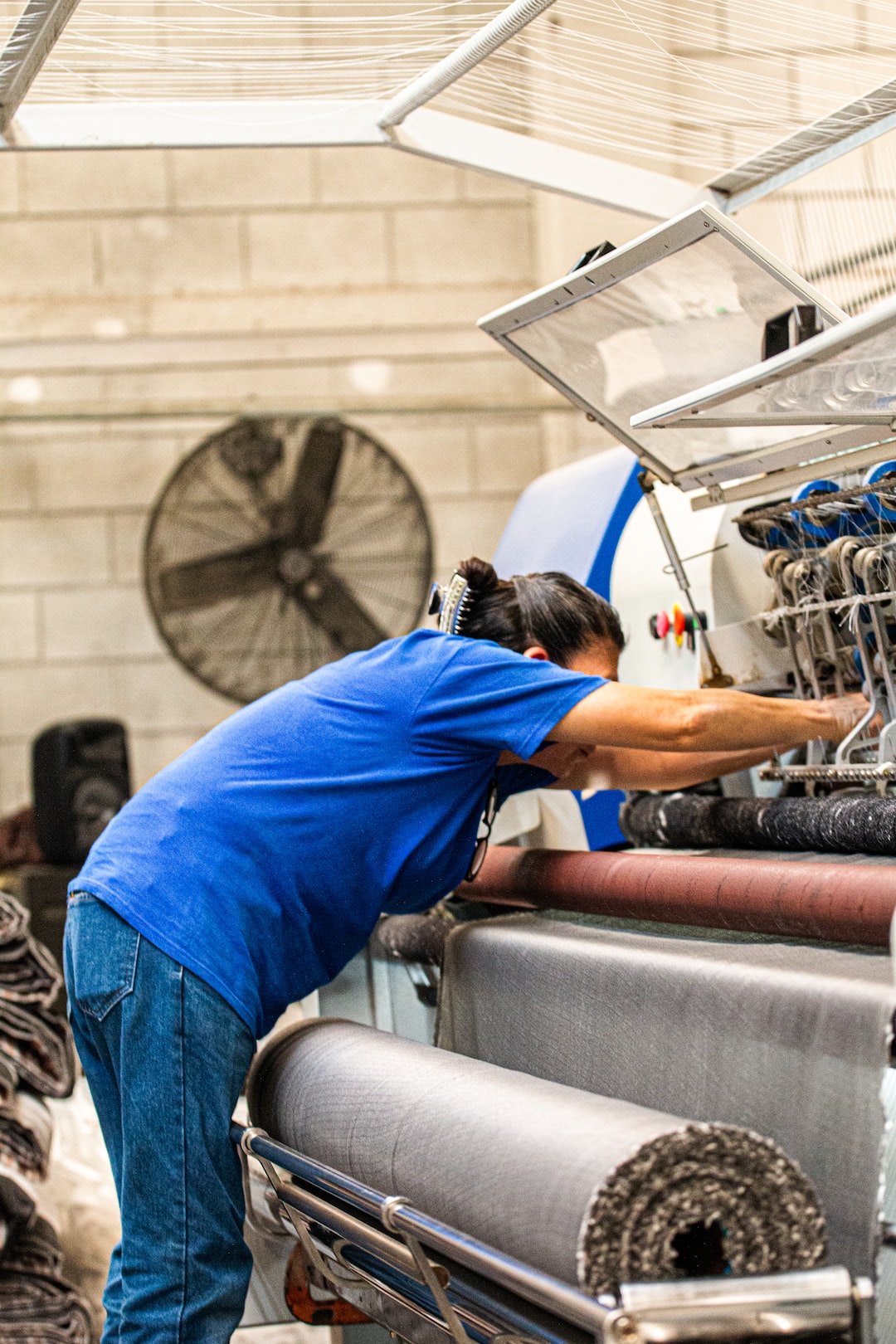Exploring Cleanroom Manufacturing: Maintaining Sterility in Critical Environments
Cleanroom manufacturing is a crucial process in various industries, including pharmaceuticals, biotechnology, healthcare, electronics, and aerospace. It involves creating and maintaining controlled environments to ensure sterility and prevent contamination of sensitive products. In this blog post, we will explore the concept of cleanroom manufacturing and its significance in maintaining sterility in critical environments.
A cleanroom is a specialized facility designed to minimize the presence of particulate and microbial contamination. It features advanced air filtration systems, controlled temperature and humidity levels, and strict protocols for personnel behavior and attire. These measures are crucial for industries where even the smallest contamination can have significant consequences on product quality, safety, and performance.
The primary goal of cleanroom manufacturing is to maintain sterility within the controlled environment. Sterility refers to the absence of microorganisms, such as bacteria, viruses, and fungi, that can compromise product quality or pose risks to human health. Achieving and maintaining sterility requires rigorous protocols and adherence to specialized manufacturing practices.
One of the key aspects of cleanroom manufacturing is air filtration. Cleanrooms employ high-efficiency particulate air (HEPA) filters to remove particles as small as 0.3 microns from the air. These filters are capable of capturing airborne particles, including bacteria and viruses, reducing their concentration and preventing their deposition on surfaces and products.
In addition to air filtration, cleanrooms also maintain controlled temperature and humidity levels. This ensures optimal conditions for both product manufacturing and personnel comfort. Temperature and humidity control prevent the growth and survival of microorganisms, as some environmental conditions may facilitate their proliferation.
Personnel behavior and attire play a vital role in maintaining sterility in cleanroom environments. Employees are required to follow specific protocols, including wearing appropriate clothing, such as cleanroom suits, gloves, masks, and shoe covers. These garments serve as barriers, preventing the introduction of contaminants into the cleanroom.
Stringent cleaning and disinfection procedures are also essential in cleanroom manufacturing. Surfaces, equipment, and tools must be regularly cleaned and disinfected to remove any potential sources of contamination. Specialized detergents and disinfectants are used to ensure thorough cleaning without compromising the sterility of the environment.
In cleanroom manufacturing, contamination control extends beyond the physical environment. It also includes monitoring and controlling the quality of materials and components used in the manufacturing process. Raw materials, packaging, and equipment must be carefully selected, tested, and validated to ensure they meet the required standards of sterility and quality.
The importance of cleanroom manufacturing cannot be overstated, especially in industries where product safety and reliability are paramount. For example, in the pharmaceutical industry, cleanrooms are crucial for ensuring the sterility of drug products to prevent infections and adverse reactions in patients. Similarly, in the aerospace industry, cleanrooms are used to manufacture critical components that must function flawlessly in extreme environments.
In conclusion, cleanroom manufacturing is essential for maintaining sterility in critical environments. By employing advanced air filtration systems, controlling temperature and humidity levels, enforcing strict personnel protocols, and implementing rigorous cleaning and disinfection procedures, cleanrooms ensure the absence of contaminating microorganisms, ultimately guaranteeing product quality and safety. The significance of cleanrooms cannot be underestimated, as they play a pivotal role in industries where even the slightest contamination can have catastrophic consequences.

